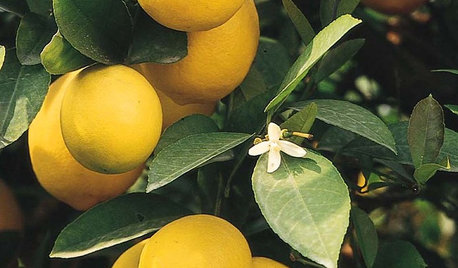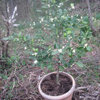what is isd treatment for citrus plants
kandhi
14 years ago
Featured Answer
Sort by:Oldest
Comments (15)
Andrew Scott
14 years agorhizo_1 (North AL) zone 7
14 years agoRelated Professionals
Danbury Landscape Architects & Landscape Designers · Deer Park Landscape Architects & Landscape Designers · Port Royal Landscape Architects & Landscape Designers · Cedar Hill Landscape Contractors · Cincinnati Landscape Contractors · Davidson Landscape Contractors · Dunwoody Landscape Contractors · Farmington Landscape Contractors · Golden Landscape Contractors · Lady Lake Landscape Contractors · Middletown Landscape Contractors · Mount Sinai Landscape Contractors · Plantation Landscape Contractors · Wayland Landscape Contractors · Archdale Stone, Pavers & Concretemalcolm_manners
14 years agokandhi
14 years agorhizo_1 (North AL) zone 7
14 years agojhemg_aol_com
13 years agoKeylay
12 years agomalcolm_manners
12 years agofruitnut Z7 4500ft SW TX
12 years agotantanman
12 years agomalcolm_manners
12 years agoinulover (9A Inverness, Florida)
12 years agoHorrifying Citrus Monster (Zone 7b, NYC)
2 years agoKen B Zone 7
2 years ago
Related Stories

GARDENING GUIDESHow to Keep Your Citrus Trees Well Fed and Healthy
Ripe for some citrus fertilizer know-how? This mini guide will help your lemon, orange and grapefruit trees flourish
Full Story
HOUSEPLANTS8 Essentials for Healthy Indoor Plants
Houseplants add so much to our homes — and can thrive when grown in the right conditions. Keep these tips in mind
Full Story
EDIBLE GARDENSGarden BFFs? Why Your Vegetables Are Begging for Companion Plants
Foster friendships among plants for protection from pests, pollination support and color camaraderie
Full Story
HOUZZ TVHouzz TV: Visit a Tiny California Garden With Lots to Taste
See how this family harvests fresh food all year from raised beds and vertical plantings in a small Palo Alto lot
Full Story
EDIBLE GARDENSThere’s a Lot to Love About a Meyer Lemon Tree
See how to grow this sweet fruit tree
Full Story
LANDSCAPE DESIGNHow to Design a Healing Garden at Home
Read a design expert’s tips on creating an outdoor space for calming the mind, easing stress and promoting healing
Full Story
ARCHITECTUREDesign Workshop: Kinetic Architecture
Industrial techniques achieve the sublime in these 5 examples of mechanical walls that move
Full Story
BATHROOM DESIGN10 Living Room Touches to Bring to the Bath
Go ahead, borrow those bookshelves. Unexpected elements can boost interest and comfort in your bathroom
Full Story
HOUZZ TOURSMy Houzz: California Ranch and Farm Look to Nature
Complete with yurts, an organic farm and an 'unintentional community,' this home in Ojai, California, shows its love of the land
Full Story
PETSPet-Proofing Your Home: A Room-by-Room Guide
Not all pet dangers are obvious. Keep furry friends safe and sound by handling all of these potential hazards
Full Story


Silica